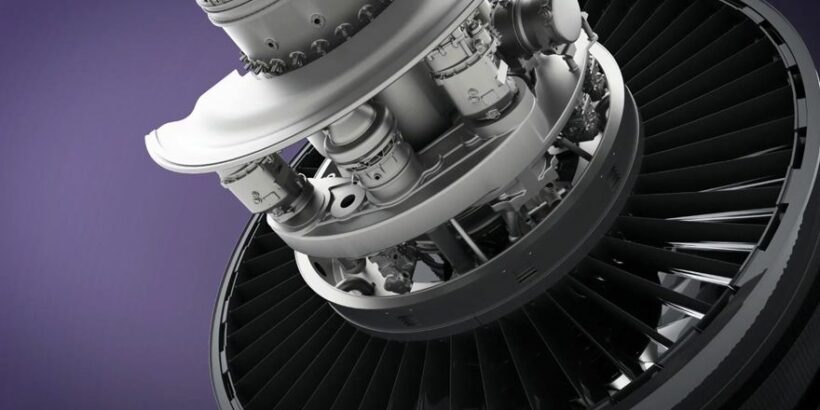Lightweight and durable materials are of great interest for aircraft and rocket engineering. In the manufacture of aircraft parts instead of metals polymer composites are used more and more widely. However, for some elements of aircraft engines their strength characteristics are not sufficient.
Perm Polytechnic University offers to solve this problem by using a protective shockproof coating based on polyurea. The research of Polytechnic scientists was published in the journal “Composite Structures”. The development contributes to the technological sovereignty of the Russian Federation, said the press service of the university.
The use of composite materials in the composition of modern aviation equipment is a necessary condition for ensuring its competitiveness. But they have low resistance to high-velocity impact loading, caused, for example, by collisions with birds. The scientists of Perm Polytechnic University suggested using the protective coatings in the parts of aircraft engines made of polymer composite materials.
The proposed protective layer is a compound of ammonia derivatives (aliphatic amines) and isocyanate – the basis for polyurethane production. The coating is only 0.3 mm thick, so it does not make the structure seriously heavier. The coating is suitable for different weather conditions: the temperature range that it can withstand without losing functionality, ranges from -60 to +250 degrees.
The technology of applying a protective shockproof coating has already been tested on the hull parts of aircraft engines made of PCM. It was found experimentally that its application leads to an 18.4% increase in the ballistic limit of the original design while increasing its mass by only 6.5%.
The researchers do not stop at the achieved results. In the near future, the developers have plans to improve the coating by adding layers of aramid fabric to it, the university said.


